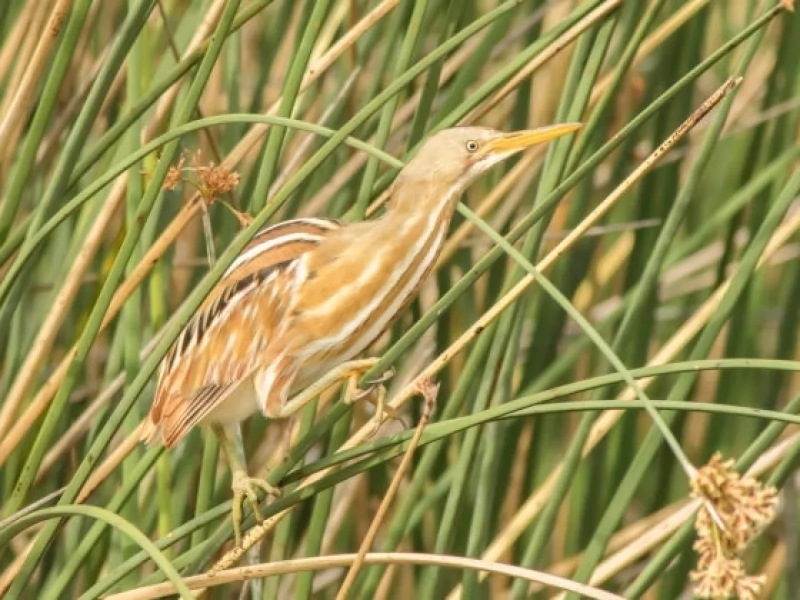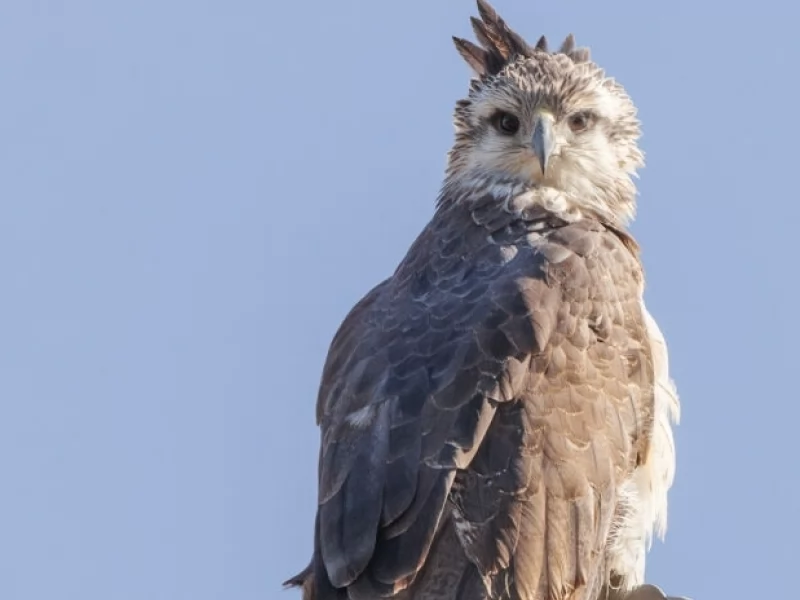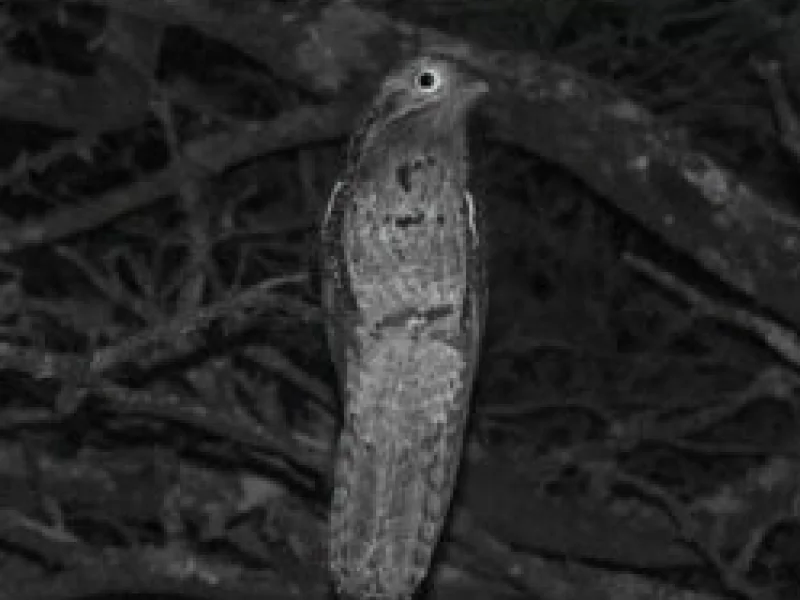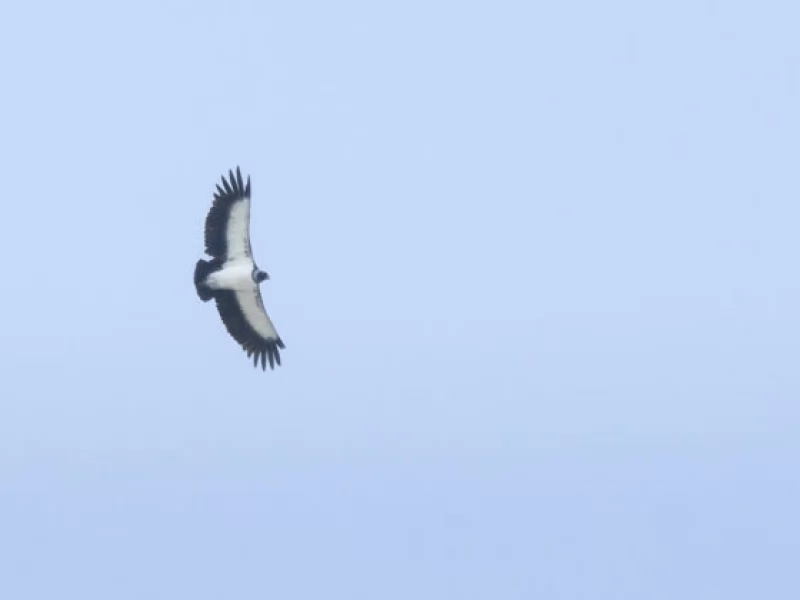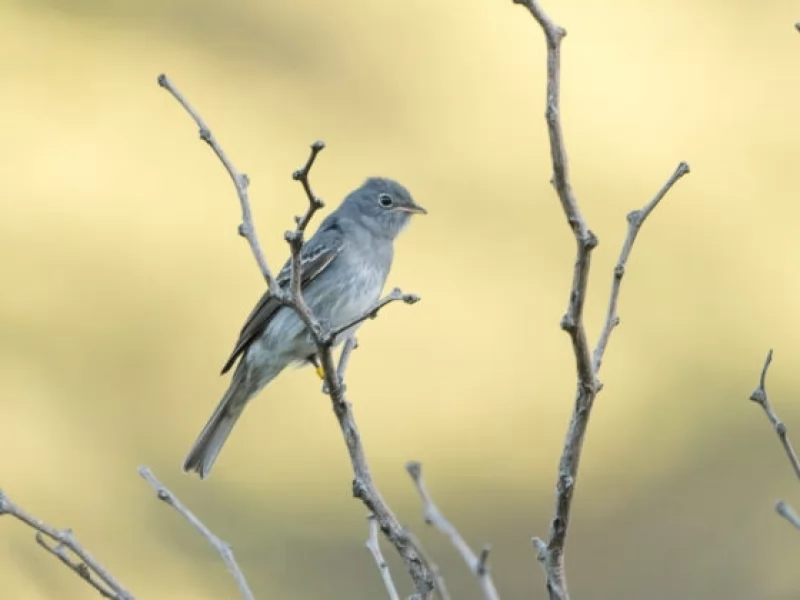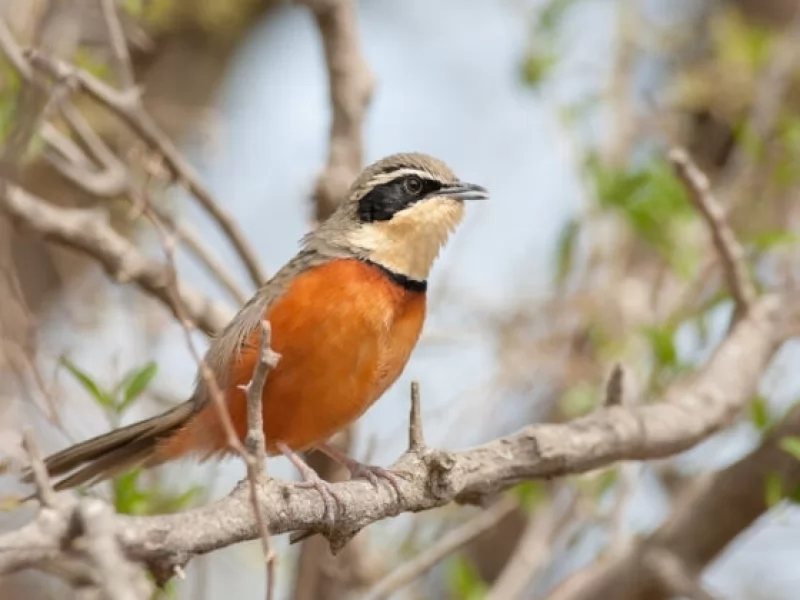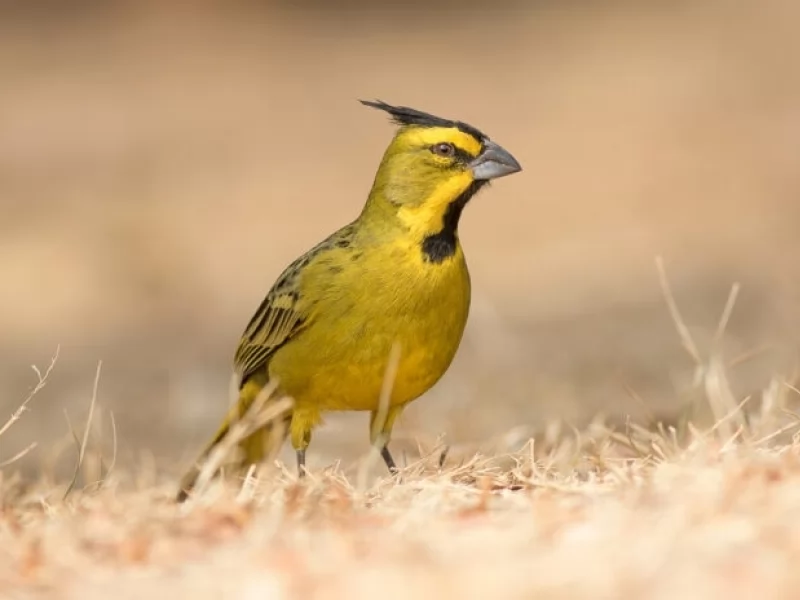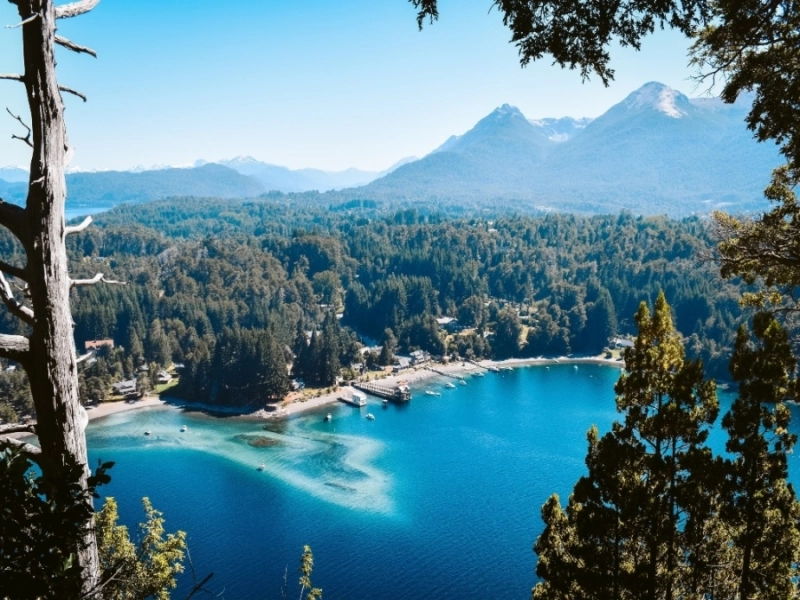News and Testimonials

MEET THE FIVE MOST DIFFICULT BIRDS TO PHOTOGRAPH IN CÓRDOBA
The province of Córdoba has the privilege of having a wide range of ecoregions, which greatly contributes to the enormous diversity of bird species that can be observed in different natural places, all very colorful and charming, but many of them difficult to see and take a picture of them, to immortalize that unique moment.
"I do nature photography as a hobby, although in an almost professional way I would say", expressed Schlemmer in dialogue with Carlos Paz Vivo !, whose notable works can be enjoyed in his portfolio www.jorgeschlemmer.fotonat.org/ or in his account of Instagram @jorge_schlemmer.
And he added: "The community of nature photographers in Argentina is growing and I in particular get along with friendships made throughout the country through the trips I made thanks to this hobby."
The birds that reside in the place and those that migrate
Then, to identify the most difficult bird species to photograph, Schlemmer separated them into two groups: year-round residents and migratory birds.
“Many of them are considered common to see, widely distributed, even coexisting with us in modified environments. Others, on the other hand, are in remote areas, difficult to access, which makes them candidates to be sought out by national and international bird watchers ”, said the photographer.
All year round: The 5 most difficult to photograph
Among those that are all year round, the 5 most difficult birds to see or photograph according to Schlemmer, are:
Monjita Salinera: it is a small bird, similar in size to a hornero and it is also endemic, it cannot be seen anywhere else in the world. It is located outside the salt flats of the central west of the country that include those that we have in the northwest of the province, the Grandes and those of the Sierras de Ambargasta.
Aguatero: small bird exclusive to plains wetlands, it has a long and curved beak with which it looks for small crustaceans in the mud of the shore. It is usually seen preferably in the early hours of the day and at dusk, remaining the rest of the day hidden among the reed beds.
Blackish Burrito: It moves in environments similar to the aguatero, occasionally it shows itself out of the vegetation at sunrise and at sunset.
Crowned Eagle: huge raptor, seriously threatened by the clearing of its habitat, the Chaco forest. With twilight habits, it feeds on vertebrates that it catches with its huge. It needs to have a hunting territory of several tens of square kilometers to maintain itself, which further complicates its situation.
Stripe-backed Bittern: it is a small heron that inhabits wetlands where it goes unnoticed thanks to the color of its plumage and how immobile it remains while stalking fish at the water's edge.
Migratory birds: the 5 most difficult to see
Regarding the birds that visit us in the summer and winter seasons, the specialist stated: “In winter, species come from the south of our country, looking for more temperate climates. In summer the great migrants from the northern hemisphere arrive and also those who, taking advantage of the good climate and the abundance of food, come down from the tropical zone of South America ”.
Urutaú: it is a bird with nocturnal habits, it hunts insects while it flies, opening its huge beak to catch them. During the day it remains immobile, camouflaged in some dry log.
Blue Heron: it is a common heron to see in the Brazilian Pantanal area, although it occasionally appears in one of the water mirrors that Córdoba has. The adult has a grayish-blue plumage, but the juveniles are white, which makes it difficult to identify them as they tend to be grouped with the most common white herons to see.
Fishing Eagle: impressive raptor that comes from the Gulf of Mexico and Central America, there are records in the dikes of the mountains. It feeds on fish that it hunts when it sees them swimming near the surface. At that moment it swoops down and catches them with its powerful claws
Black-headed Thrush: summer migrant that comes from the jungles of the northwest to the highland forests of our province. Unlike other common thrushes to see in that environment, it does not show itself and remains in the shadows of wet streams.
Jote Real: related to the condors and other jotes common to see in Córdoba, it usually appears occasionally in the mountains of northern Cordoba. It is easily identified by its almost entirely white plumage, although it is almost always flying high.
Very rare sighting
Schlemmer also spoke of the bird species that we can consider to be very rare sightings, much rarer than those of the previous group. "It would be said that it is very unlikely because they have seemed fortuitously in the province of Córdoba, very far from the expected distribution area, either because they have been lost, have been swept away by some storm, or some other cause," the photographer clarified. and listed them.
Fiofío Plomizo: this 2021 they have been seen in the Vaquerías reserve
Payador Canela: sighted in 2020 in the Unquillo area.
Tersina: view in the Capilla del Monte area.
"Undoubtedly there are many more species of birds that could be included in these lists, and as each year more people join in bird watching, they will possibly get to know other little pearls that the nature of our beloved province offers us," he concluded Schlemmer.
Source: https://www.carlospazvivo.com/las-aves-mas-dificiles-de-fotografiar-en-cordoba/

